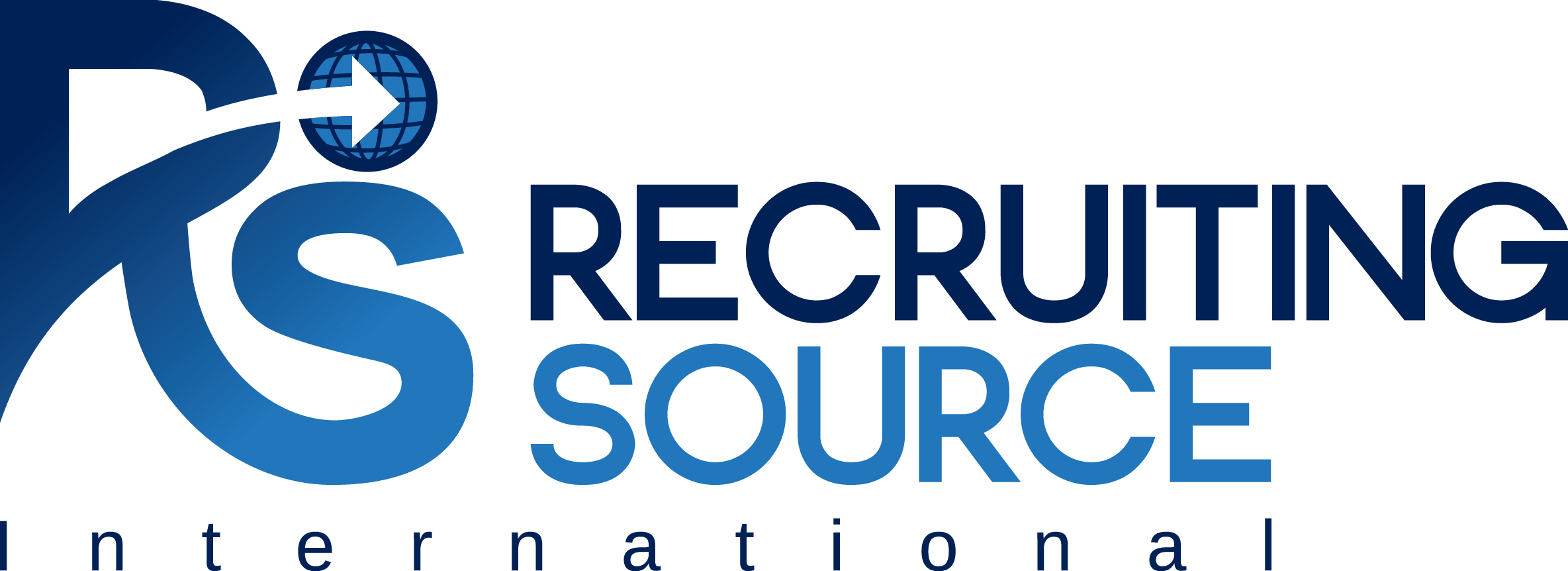Sure, you are working hard on your project. You are a seasoned Project Manager and have delivered many projects over the years. The big question, however, is how successful will this current project be, not only from a project delivery but also from a client acceptance stand-point? You have engaged the project sponsors and the project team, but have you also engaged the project stakeholders? Many of these stakeholders may be affected directly or peripherally by the change in the existing processes or systems that you are involved in. These stakeholders have the ability to impede, adversely affect or shut down the project implementation by resisting or avoiding the very process or system you are planning to implement.
Why this is important
Change Management or Organizational Change Management is an approach to engage, communicate consistently with and support both the project team and other stakeholders that will be affected by the project. Over the past several years the importance of Change Management has become main-stream in the technical industries and is now part of the overall project delivery life-cycle. There are designations for Organizational Change Management, such as the ProSci© Certified Change Management Professional. Change Management includes not only written communications to the wider audience to advise them of the change but also verbal updates in meetings so that stakeholders have an opportunity to raise concerns and ask questions about the pending project implementation.
Target Audience
Project stakeholders need to be open to accept the changes. Studies have shown that approximately 10% of stakeholders will be on-board with the change, 10% will resist, and 80% will either embrace the change or resist it based on their project experience. This 80% is your primary target audience. In order to convince this group and bring the others along, you have to win this group’s confidence that the change is beneficial and build enthusiasm to start the journey. All stakeholders need the training and support to make the changes successful. Training and follow-up support has to be built into your project plan. Finally, there has to be a reinforcement model put in place to continuously assist with sustaining the new ‘state’.
Types of communication
Start the Organizational Change Management planning early in the project by engaging the sponsors and project team members. They can start to open the communication channels for you. At a minimum, you need to have a comprehensive list of the main team directly affected by the change and key people/influencers that need to be informed about the change. In addition, you will need to lay out the types of communications you will need to deliver in order to keep these stakeholders engaged. These vehicles may be written communications, presentations, informal updates at weekly team meetings, etc. The Project Manager or Change Manager can write up and schedule presentations, and project team members can attend organization team meetings to help spread the word.
Where to get help
If you have limited exposure to Organizational Change Management, team up with a corporate resource (if available) to utilize their materials and get coaching on how to plan out your change management strategy. If available, adapt the corporate templates to fit your needs. If you are in a smaller firm that does not have a Change Management practice, there is a plethora of information on Change Management: the Change Management Foundation (APMG), the Kotter 8-Step Process, ProSci, etc. A quick internet search should bring you many results of organizations that can either provide you with materials or provide training or consultancy help on change management fundamentals.
Good luck with your ‘change’ efforts!

